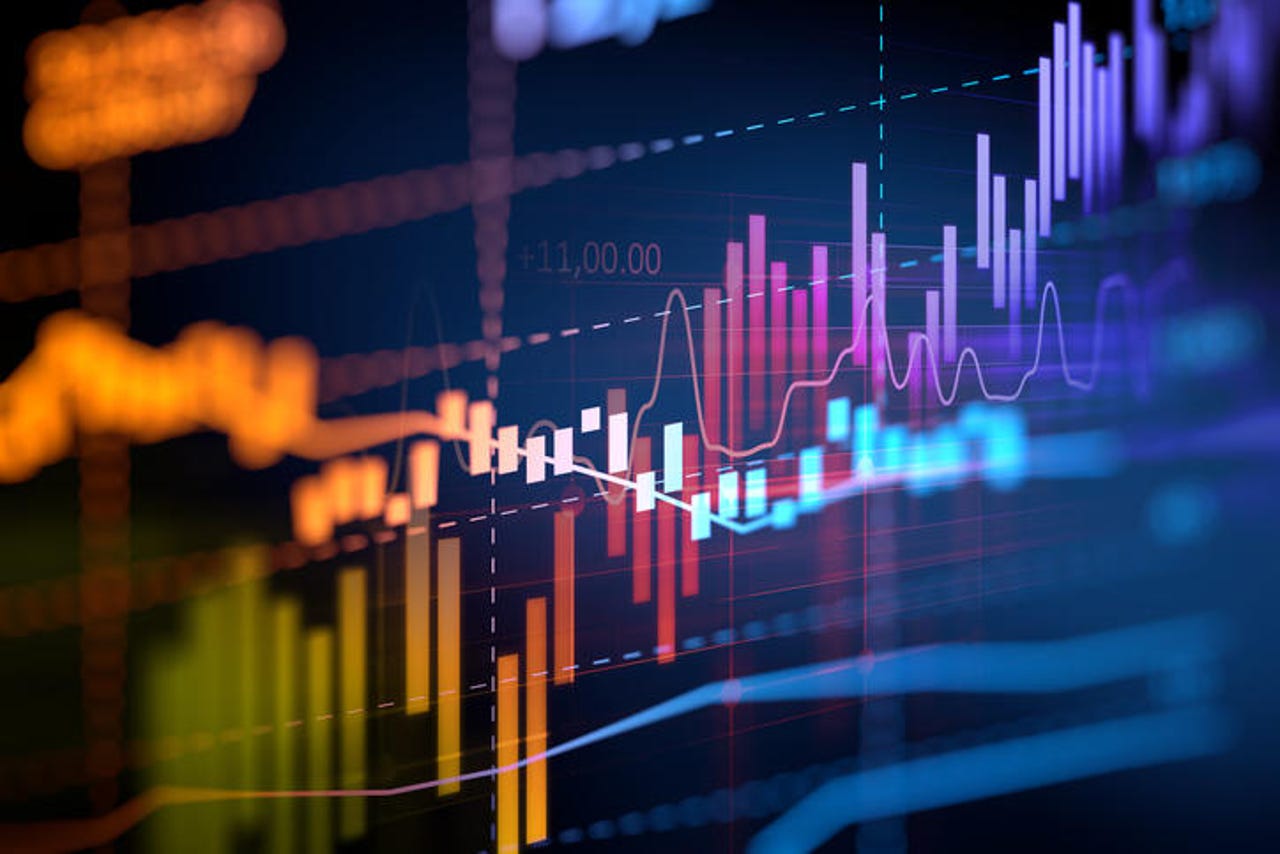Descriptive, predictive, and prescriptive analytics: How are they different?


Image: iStock/monsitj
Business analytics is already a pervasive concept in the enterprise, although different types of analytics produce different results, with different business value. While older concepts, such as descriptive analytics, can be done using hand-tuned scripts and/or SQL queries, newer modalities rely on machine learning algorithms and expansive data sets to produce information of value.
Here's a look at the main types of business analytics and the role they can play in your strategic planning and decision making.
SEE: Feature comparison: Data analytics software and services (Tech Pro Research)
What is descriptive analytics?
Descriptive analytics is rule-based—more directly, "somebody has to program the rules," according to Boris Evelson, vice president and principal analyst at Forrester. Descriptive analytics is used to process data into results readable at a glance. Take, for example, ice cream sales: Descriptive analytics can be used to aggregate transaction information, such as how much ice cream was sold; which flavors of ice cream were sold, as a ranking or percentage; and whether more or less ice cream was sold than the day before.
What is predictive analytics?
Predictive analytics uses machine learning to determine what is likely to happen in the future, based on prior patterns.
Continuing with the ice cream example, predictive analytics can show on a macro level that ice cream sales are likely to increase during spring and summer and decrease as outside temperature drops. On a micro level, and with the right data set, predictive analytics can show that sales are likely to decrease on rainy days, and increase on sunny days.
Similarly, diagnostic analytics searches for the root cause of a scenario.
What is prescriptive analytics?
Prescriptive analytics, as the name suggests, prescribes a specific course of action based on a descriptive, diagnostic, or predictive analysis, though typically the latter. This can be relatively simple—such as lowering prices to increase sales—or complex, depending on the data sets involved.
Particularly sophisticated prescriptive analytics, in which data scientists can "not only see what's happening and why it happened and predict what will happen, but then be able to offer advice on how to act to get to an outcome that's desired is pretty rare," said Doug Henschen, vice president and principal analyst at Forrester.
What are the encumbrances to adopting prescriptive analytics?
The field of prescriptive analytics is still relatively nascent, and there are some primary obstacles to its success.
"There's lots of experiments with machine learning, people developing models, but then creating a sort of end-to-end system that puts those machine learning models into production at scale -- that's rarer," Henschen said. "The constraints are around bringing that model into a production environment and being able to get a feedback loop of data that keeps those models up to date, and then being able to optimize and improve on those models and redeploy them back into a production environment once they're optimized."
SEE: Data analytics: A guide for business leaders (free TechRepublic PDF)
What should data scientists keep in mind when using analytics?
While descriptive analytics is widely deployed, it requires a great deal of human planning to use, on a continuous basis. With data-driven approaches, such as predictive, descriptive, and prescriptive analytics, this dependency on human planning is reduced —at least, to the extent that after initial setup, model runs with new data streams should be reliably productive.
"It's a more data-driven approach that's not as prone to biases, but one of the challenges with machine learning and deep learning models is interpretation and transparency," Henschen said.
Understanding why machine learning models—and prescriptive analytics, as a subset—provide the results they do is also important. Developers of these systems can unwittingly influence the results they provide, as can the quality and quantity of data that feeds into these systems. But don't conclude that these biases are malicious in nature: The origin of bias is as likely to be blind spots in how data is collected.
SEE: Prescriptive analytics: An insider's guide (free TechRepublic PDF)
Attempts to correct for bias can prompt backlash, such as the College Board's plan to introduce "adversity scores" in the SAT, developed in an attempt to level the playing field for the highly competitive world of college admissions. The adversity score uses 15 factors across the neighborhood, family, and high school environment to determine how students have performed relative to the resources at their disposal.
Ranking and score decisions are somewhat easier to tune because adding more granularity improves the quality of the output. Comparatively, a pass/fail or yes/no decision is more pernicious to mitigate bias for, as the stakes are—relatively—higher. Henschen provides an example of detecting fraudulent transactions with a live stream of data: "Obviously you don't want to have a false positive and block a transaction that is valid, and you don't want to have a false negative, where a fraudulent transaction slips through."
Also See
- Prescriptive analytics: A cheat sheet (TechRepublic)
- Prescriptive analytics: An insider's guide (free PDF) (TechRepublic)
- Feature comparison: Data analytics software and services (Tech Pro Research)